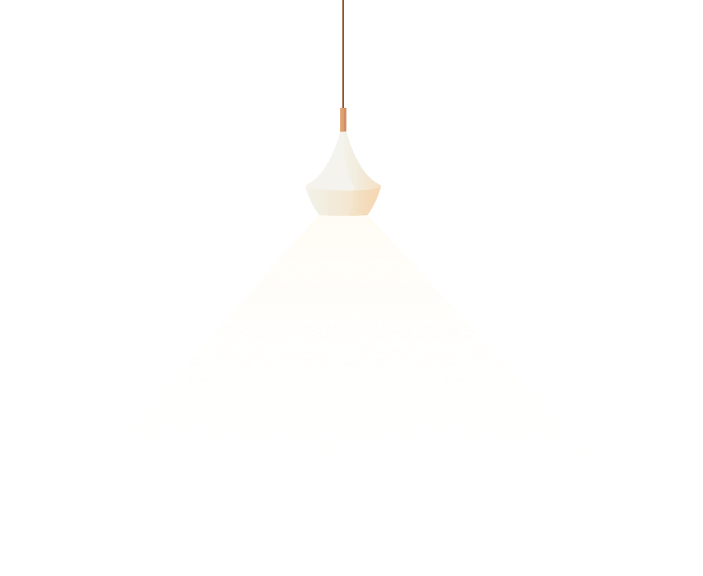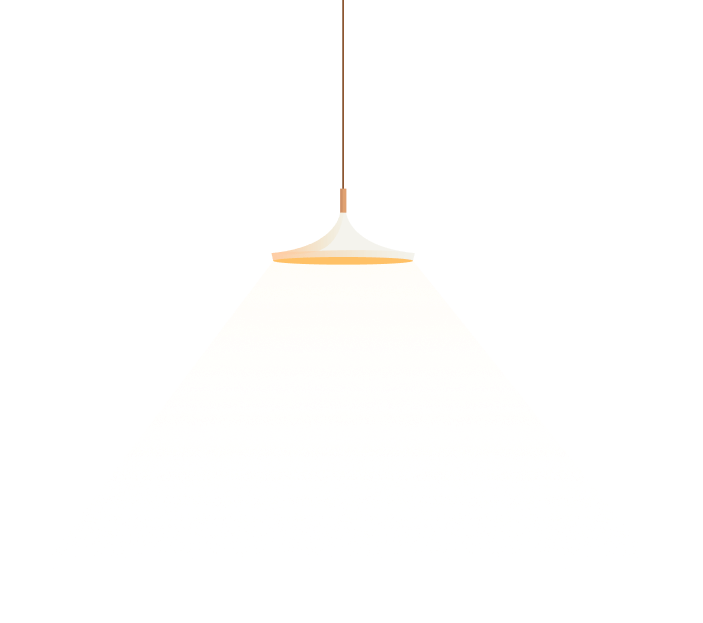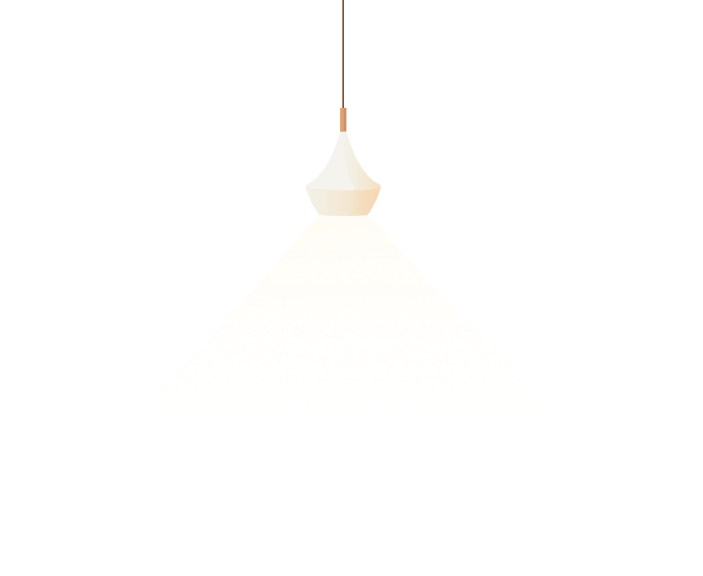Malaria In India Map
Malaria In India Map
If you’re planning a trip to India, you’ll want to make sure you’re aware of the risk of malaria. With the disease prevalent in many parts of the country, it’s important to take precautions to protect yourself during your travels. But don’t let this discourage you from exploring all that India has to offer – with a little bit of preparation, you can have a safe and enjoyable trip.
While India has made significant progress in reducing the incidence of malaria in recent years, the disease is still a concern in many parts of the country. Mosquitoes that carry the malaria parasite are most active between dusk and dawn, so it’s important to take steps to avoid being bitten during this time. This might include using mosquito nets, wearing long-sleeved clothing, and using insect repellent.
Tourist Attractions and Local Culture in Malaria-Prone Areas
Despite the risk of malaria, there are many incredible tourist destinations in India that are well worth a visit. Some of the best-known sights, such as the Taj Mahal and the Golden Temple, are located in areas where malaria is not a significant problem. However, if you’re planning to explore more rural or remote areas of the country, it’s important to be aware of the risks and take appropriate precautions.
In addition to its many tourist attractions, India is a country with a rich and diverse culture. From the vibrant street food scene to the stunning architecture and religious traditions, there is so much to explore and discover. If you’re planning a trip to a malaria-prone area, be sure to research the local customs and traditions so you can fully appreciate the culture.
Understanding Malaria in India
Malaria is a serious disease caused by a parasite that is transmitted to humans through the bites of infected mosquitoes. While it can be treated with medication, it can also be fatal if left untreated. In India, malaria is most common during the monsoon season, which typically runs from June to September. The risk of infection is highest in rural and remote areas.
Preventing Malaria in India
There are several steps you can take to reduce your risk of contracting malaria while traveling in India. These might include taking medication prescribed by your doctor, using insect repellent, wearing long-sleeved clothing, and sleeping under mosquito nets. It’s also a good idea to avoid being outdoors during peak mosquito activity times, such as dawn and dusk.
FAQs About Malaria in India
Q: What are the symptoms of malaria?
A: Symptoms of malaria can include fever, chills, headache, and muscle aches. In more severe cases, it can lead to complications such as organ failure and even death.
Q: Is it safe to travel to India if you’re pregnant?
A: Pregnant women are at higher risk of developing severe malaria, so it’s important to take extra precautions if you’re traveling to a malaria-prone area. Talk to your doctor about the risks and how to protect yourself.
Q: Can malaria be cured?
A: Yes, malaria can be treated with medication. However, it’s important to seek medical attention as soon as possible if you think you may have been infected.
Q: Is it possible to prevent malaria without medication?
A: While medication is the most effective way to prevent malaria, there are other steps you can take to reduce your risk of infection. These might include using insect repellent, wearing long-sleeved clothing, and sleeping under mosquito nets.
Conclusion of Malaria in India Map
While the risk of malaria in India can be a concern for travelers, it shouldn’t stop you from experiencing all that this incredible country has to offer. By taking the necessary precautions and staying informed about the risks, you can have a safe and enjoyable trip. Whether you’re exploring the bustling streets of Delhi or the serene backwaters of Kerala, India is a destination that is sure to leave a lasting impression.





